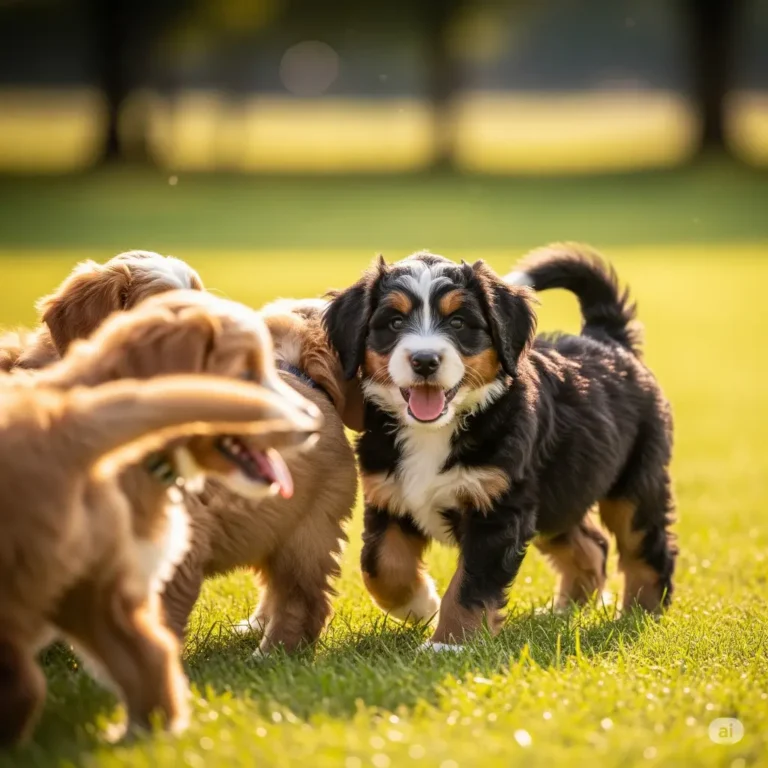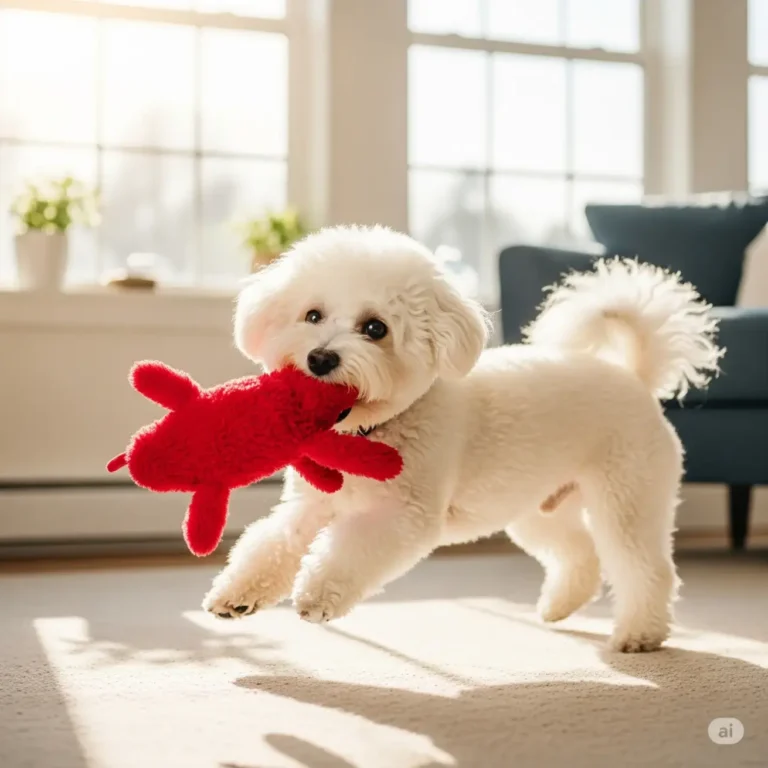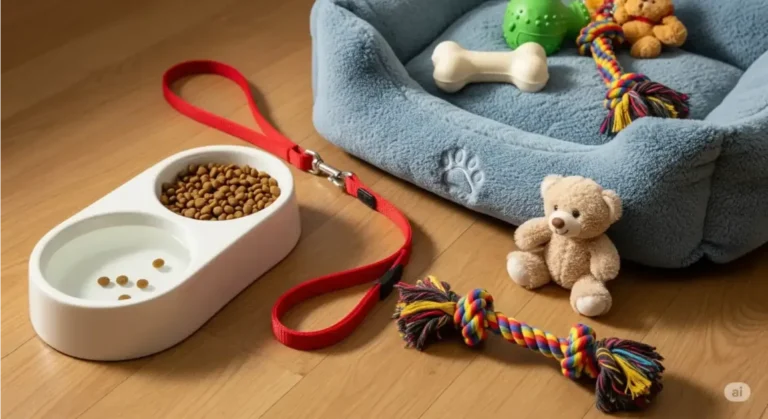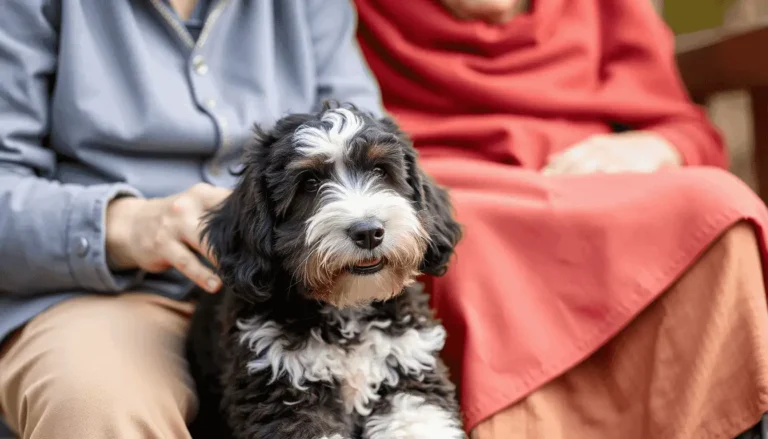Best Dogs for Kids: Top 16 Family-Friendly Breeds Guide
Choosing the perfect dog for your family is a big decision, especially when kids are involved. The right breed can become a loyal companion, bringing joy and teaching children responsibility. This guide explores the top 16 family-friendly dog breeds, selected for their gentle temperaments, patience with children, and adaptability to family life.
This post includes expert insights, practical tips, and key considerations to help you find the best dog for your family. Whether you’re looking for a playful Labrador Retriever or a cuddly Pug, we’ve got you covered.

Why Choose a Family-Friendly Dog Breed?
Selecting a dog that thrives in a family environment is crucial for a harmonious household. Family-friendly breeds are known for their gentle temperament, trainability, and tolerance for the unpredictable behavior of children, such as loud noises or rough play. According to the American Kennel Club (AKC), breeds with a “soft mouth” (less likely to bite hard) like Retrievers are ideal for homes with kids. Here’s why choosing the right breed matters:
- Safety: Breeds with calm, patient natures reduce the risk of accidents with children.
- Compatibility: Matching the dog’s energy level and size to your family’s lifestyle ensures a good fit.
- Long-Term Bond: A well-chosen dog fosters lifelong memories and teaches kids empathy and care.
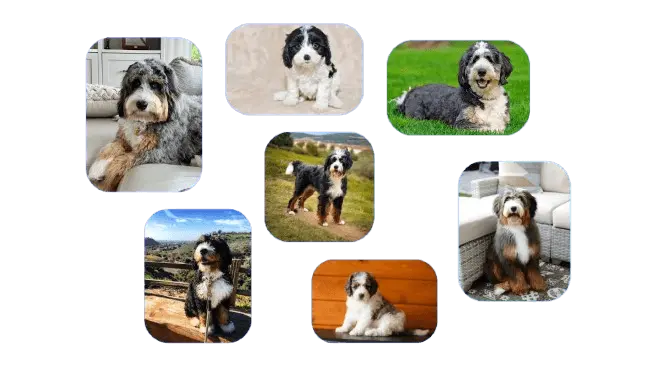
Key Considerations for Choosing a Dog for Kids
Before diving into the best breeds, consider these factors to ensure the dog fits your family’s needs:
- Temperament: Look for breeds that are patient, gentle, and tolerant. Breeds like Labrador Retrievers and Golden Retrievers are known for their even tempers.
- Size: Small to medium breeds (e.g., Beagles, Pugs) are ideal for young kids to avoid knockovers, while larger breeds (e.g., Newfoundlands) suit older kids.
- Energy Levels: Active families may prefer high-energy breeds like Boxers, while low-energy breeds like Bulldogs suit laid-back homes.
- Grooming Needs: Low-maintenance coats (e.g., Beagles) save time, while high-maintenance breeds (e.g., Poodles) require regular grooming.
- Allergies: Hypoallergenic breeds like Poodles or Bichon Frises are great for allergy-prone families.
- Training and Socialization: Intelligent, trainable breeds like Collies adapt well to family life with proper training.
- Children’s Age: Younger kids need sturdy, calm dogs, while older kids can handle energetic breeds.
- Adoption vs. Breeder: Shelters offer mixed-breed dogs that are often healthier, while reputable breeders (e.g., AKC-registered) ensure temperament.
Top 16 Family-Friendly Dog Breeds
Here’s a detailed list of the best dog breeds for families with kids, optimized with key details to help you choose. Each breed includes size, energy level, grooming needs, and why they’re a great fit.
1. Labrador Retriever
- Size: Medium to large (55-80 lbs)
- Energy Level: High
- Grooming: Low; short coat, moderate shedding
- Why They’re Great: Labrador Retrievers are affectionate, patient, and eager to please, making them a top choice for families. Their intelligence and trainability make them quick learners, and they love active play like fetch or swimming. They’re great with kids and other pets but need daily exercise to stay happy.
- Tip: Young Labs can be boisterous, so consider an older dog for families with small children.


2. Golden Retriever
- Size: Medium to large (55-75 lbs)
- Energy Level: High
- Grooming: Moderate; long coat, frequent shedding, regular brushing
- Why They’re Great: Golden Retrievers are gentle, tolerant, and playful, perfect for kids. They’re intelligent, easy to train, and thrive in active households with yards. Their patience makes them ideal for rambunctious children.
- Tip: Be prepared for grooming due to their long, shedding coats.


3. Beagle
- Size: Small to medium (18-30 lbs)
- Energy Level: High
- Grooming: Low; short coat, minimal grooming
- Why They’re Great: Beagles are friendly, curious, and tolerant, making them excellent playmates. Their size is perfect for toddlers, and their cheerful nature adds fun to family life. They’re vocal, so they may not suit noise-sensitive households.
- Tip: Secure yards are a must, as Beagles love to follow their noses.


4. Poodle (Standard, Miniature, Toy)
- Size: Varies (Standard: 40-70 lbs, Miniature: 10-15 lbs, Toy: 4-6 lbs)
- Energy Level: Moderate to high
- Grooming: High; curly, hypoallergenic coat, regular trimming
- Why They’re Great: Poodles are intelligent, trainable, and hypoallergenic, ideal for allergy-prone families. Their playful, gentle nature suits kids, and their size variety fits various homes.
- Tip: Budget for professional grooming every 4-6 weeks.


5. Cavalier King Charles Spaniel
- Size: Small (10-18 lbs)
- Energy Level: Low to moderate
- Grooming: Moderate; silky coat, regular brushing
- Why They’re Great: Cavaliers are affectionate, gentle, and adaptable, thriving in apartments or homes. They love cuddling and playing with kids and get along with other pets.
- Tip: Supervise with toddlers due to their delicate size.


6. Irish Setter
- Size: Large (50-70 lbs)
- Energy Level: High
- Grooming: Moderate; long coat, regular brushing
- Why They’re Great: Irish Setters are energetic, playful, and intelligent, perfect for active families who enjoy outdoor activities like hiking or swimming. They’re gentle with kids and trainable.
Tip: Provide ample exercise to keep them content.


7. Bichon Frise
- Size: Small (10-18 lbs)
- Energy Level: Moderate
- Grooming: High; fluffy, hypoallergenic coat, regular grooming
- Why They’re Great: Bichon Frises are friendly, playful, and hypoallergenic, great for allergy-prone families. They love interacting with kids and adapt to various living situations.
- Tip: Their coat requires frequent grooming to prevent matting.


8. Bulldog (English)
- Size: Medium (40-50 lbs)
- Energy Level: Low
- Grooming: Low; short coat, minimal grooming
- Why They’re Great: Bulldogs are calm, loyal, and patient, ideal for laid-back families. They adapt to city or suburban life and require minimal exercise, enjoying short walks.
Tip: Watch for breathing issues due to their flat faces.


9. Newfoundland
- Size: Extra large (100-150 lbs)
- Energy Level: Moderate
- Grooming: High; thick coat, heavy shedding, regular brushing
- Why They’re Great: Known as “gentle giants,” Newfoundlands are patient, loyal, and gentle with kids. They’re intelligent and trainable but need space due to their size.
- Tip: Best for families with large homes and older kids.


10. Boxer
- Size: Medium to large (50-70 lbs)
- Energy Level: High
- Grooming: Low; short coat, minimal grooming
- Why They’re Great: Boxers are playful, energetic, and protective, great for active families. They’re patient with kids but need training to curb jumping.
- Tip: Consistent training manages their exuberance.


11. Cocker Spaniel
- Size: Small to medium (20-30 lbs)
- Energy Level: Moderate
- Grooming: High; long, feathery coat, regular grooming
- Why They’re Great: Cocker Spaniels are gentle, playful, and affectionate, great playmates for kids. They adapt to various homes and get along with other pets.
- Tip: Their coat requires maintenance, and they may have eye issues.


12. Bernese Mountain Dog
- Size: Large (70-115 lbs)
- Energy Level: Moderate
- Grooming: High; long coat, heavy shedding
- Why They’re Great: Bernese Mountain Dogs are gentle, loyal, and sociable, with a calm demeanor that suits families. They’re great with kids but need space.
- Tip: Their size and shedding make them better for homes with yards.


13. Vizsla
- Size: Medium (45-65 lbs)
- Energy Level: High
- Grooming: Low; short coat, minimal shedding
- Why They’re Great: Vizslas are affectionate, energetic, and love being close to families. They’re great for active kids who enjoy outdoor play.
- Tip: They need significant exercise and may not suit sedentary families.


14. American Staffordshire Terrier
- Size: Medium (40-70 lbs)
- Energy Level: Moderate
- Grooming: Low; short coat, minimal grooming
- Why They’re Great: Staffies are loyal, affectionate, and patient with kids when trained and socialized. They’re sturdy and playful, ideal for active families.
- Tip: Best for experienced owners and older kids due to their strengt


15. Pug
- Size: Small (14-18 lbs)
- Energy Level: Low to moderate
- Grooming: Low; short coat, moderate shedding
- Why They’re Great: Pugs are affectionate, playful, and love snuggling, great for low-energy or indoor-focused families. Their small size suits apartments.
- Tip: Monitor for breathing issues and supervise with young kids.


16. Collie
- Size: Medium to large (50-75 lbs)
- Energy Level: Moderate
- Grooming: High (rough coat) or moderate (smooth coat); significant shedding
- Why They’re Great: Collies are loyal, intelligent, and protective, often “herding” kids to keep them safe. They’re gentle and thrive in family settings.
- Tip: Opt for a smooth-coated Collie for less grooming.


How to Integrate a Dog into Your Family
Bringing a dog into your home requires preparation to ensure a smooth transition. Follow these steps for a successful integration:
- Involve the Family: Include kids in the decision to ensure commitment. Discuss responsibilities like feeding and walking.
- Teach Dog Etiquette: Train children to respect the dog’s space, avoid rough play, and recognize stress signs (e.g., yawning, avoidance).
- Socialization and Training: Expose the dog to kids and other pets early. Enroll in obedience classes, like those offered by the Kennel Club, for proper training.
- Supervised Interactions: Always supervise young kids with dogs, especially small breeds like Pugs or Cavaliers, to prevent harm.
- Match Lifestyle: Choose a breed that fits your activity level and home size (e.g., Labs for active families, Bulldogs for calm homes).
- Health and Grooming: Budget for vet care, vaccinations, and grooming, especially for high-maintenance breeds like Poodles or Bernese Mountain Dogs.
- Adoption Option: Visit shelters for mixed-breed dogs, which are often healthier. Foster parents can share temperament insights.
- Trial Period: Spend time with the dog (e.g., through fostering) to ensure compatibility with your kids.
Additional Tips for Choosing a Family Dog
- Puppies vs. Older Dogs: Puppies need more training, while older dogs are calmer and better for young kids.
- Allergy Testing: Spend time with hypoallergenic breeds like Poodles or Bichons to confirm no reactions.
- Space and Exercise: Ensure space for high-energy breeds like Vizslas or low-energy breeds like Pugs.
- Budget for Costs: Factor in food, grooming, and vet bills, especially for breeds prone to health issues (e.g., Pugs, Bulldogs).
Conclusion
Finding the best dog for your family means balancing your lifestyle, home, and kids’ ages with the dog’s needs. Labrador Retrievers and Golden Retrievers are versatile and patient, while Pugs or Cavaliers suit smaller spaces. Poodles and Bichons are great for allergies, and Newfoundlands or Bernese Mountain Dogs are perfect for larger homes. Prioritize socialization, training, and supervision for a safe, happy bond.
For more information, visit the American Kennel Club (www.akc.org) or local shelters for adoption options. Have questions about a specific breed or need help choosing? Share your family’s preferences (e.g., home size, activity level, kids’ ages), and we’ll tailor the recommendation!


